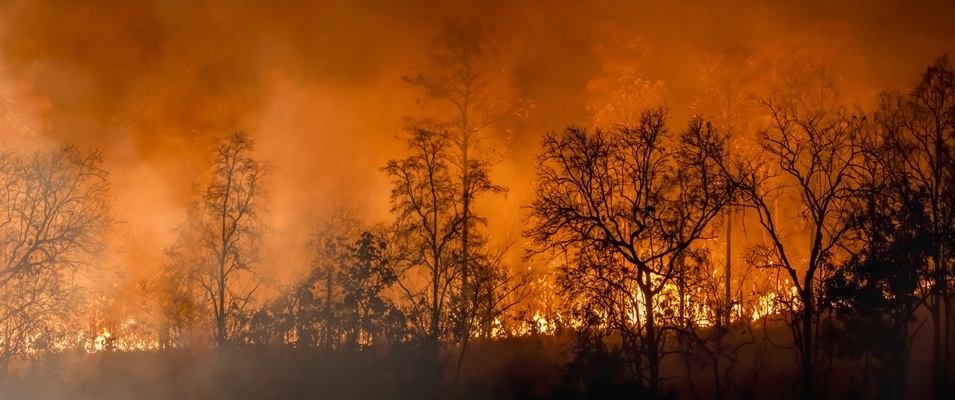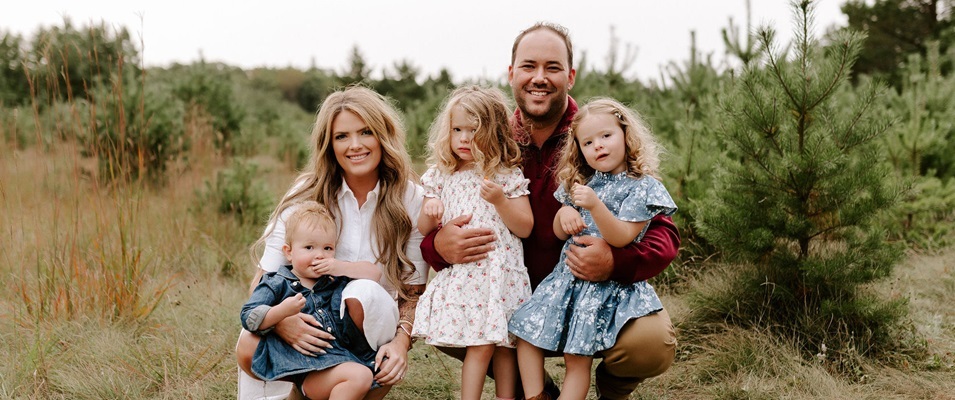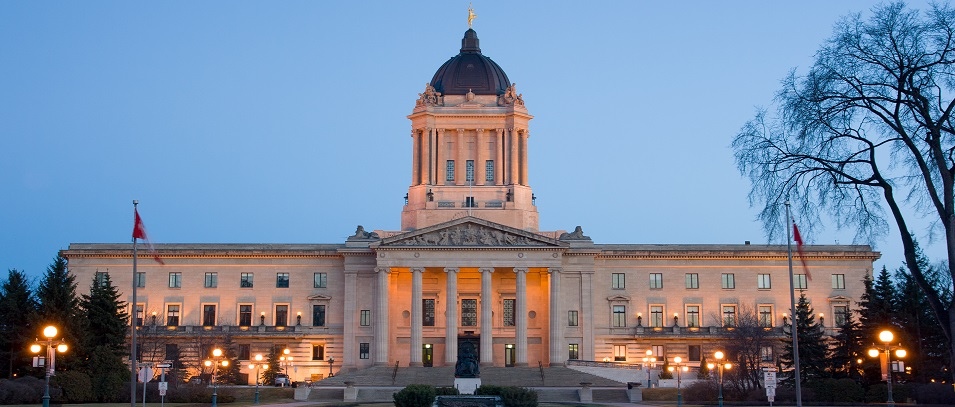
Across the nation, 2023 marked an unprecedented year for wildfires. Experts say it wasn’t the number of fires burning that made it historic, but rather the sizable nature of the fires.
Thanks in part to unrelenting heat waves throughout the spring and summer, Canada lost about 15 million hectares of vegetation to fire in one season, seven times higher than the national average.
Unfortunately, 2024 is already feeling eerily similar following a winter with relatively little snow, an early melt, and low precipitation so far. Parts of Alberta and British Columbia have been warning about exceptional drought conditions since early March.
According to the federal government, the long-term forecast, if accurate, won’t help matters.
“The latest seasonal weather outlook indicates that higher-than-normal temperatures are expected for the spring and summer, boosted by El Nino weather conditions,” reads a statement from the federal government dated April 10. “This sets the stage for the possibility of another active wildfire season and other incidents of extreme weather. The warmer than normal winter temperatures and drier than usual conditions may result in some regions—in particular western Canada, eastern Ontario, and southern Quebec—experiencing early, above normal, fire activity this April and May.”1
Human carelessness early in the 2023 season proved to be the origin many of last year’s wildfires. This affected thousands of people, with more than 200 communities needing to evacuate residents.
To assist local fire brigades, 1,700 additional firefighters were imported from across the country and another 5,500 from countries around the globe.
Lessons Learned
Since last fall, the federal government has partnered with emergency management teams to create a lessons-learned review of what was done and what could be done better.
They’ve promised to set aside up to $285 million over the next five years in order to hire 1,000 more firefighters and assist communities in better handling local wildfires.
Support for firefighters will be available to help purchase specialized equipment and boost training levels.
The government is engaging non-governmental organizations (NGOs) in discussions early this year as they work on a plan to better leverage civilian response.
Since many First Nations communities exist in remote and at-risk locations, the federal government has created the Indigenous Emergency Management (EM) Working Group. Its goal is to assess the needs of Indigenous communities and create dialogue which can contribute toward preparedness.
“We are also implementing advance payments to communities across the country,” the governments says in its statement. “Instead of reimbursing costs, this new approach will allow First Nations to better prepare their communities and protect their infrastructure, and even plan evacuations.”
Manitoba at Risk
Forests and wooded areas make up 57 percent of Manitoba’s land base, making this province as susceptible to wildfires as any other.
Statistically speaking, most spring fires are caused by human activity, since matted grass and dry dead vegetation is easily ignited. This can lead to rapidly moving fires, especially in windy conditions.
“Continued dry conditions can cause deeper burning fires that require more suppression to extinguish,” reads a provincial press release. “Conditions will be monitored over the next few weeks, and fire danger levels will be calculated when forested areas are snow free.”2
Burn or travel restrictions have not yet been enforced, but the province asks residents to demonstrate extra vigilance in these conditions.
“Where backcountry travel is permitted, ATV operators are asked to stay on developed trails, stop frequently to check around the engine and exhaust for debris, and carefully dispose of any debris found,” states the release. “Operators should be prepared and carry a fire extinguisher, axe and shovel to extinguish a small fire.”
Provincial burning permits are required for outdoor fires set within the burn permit area from April 1 to November 15.




















